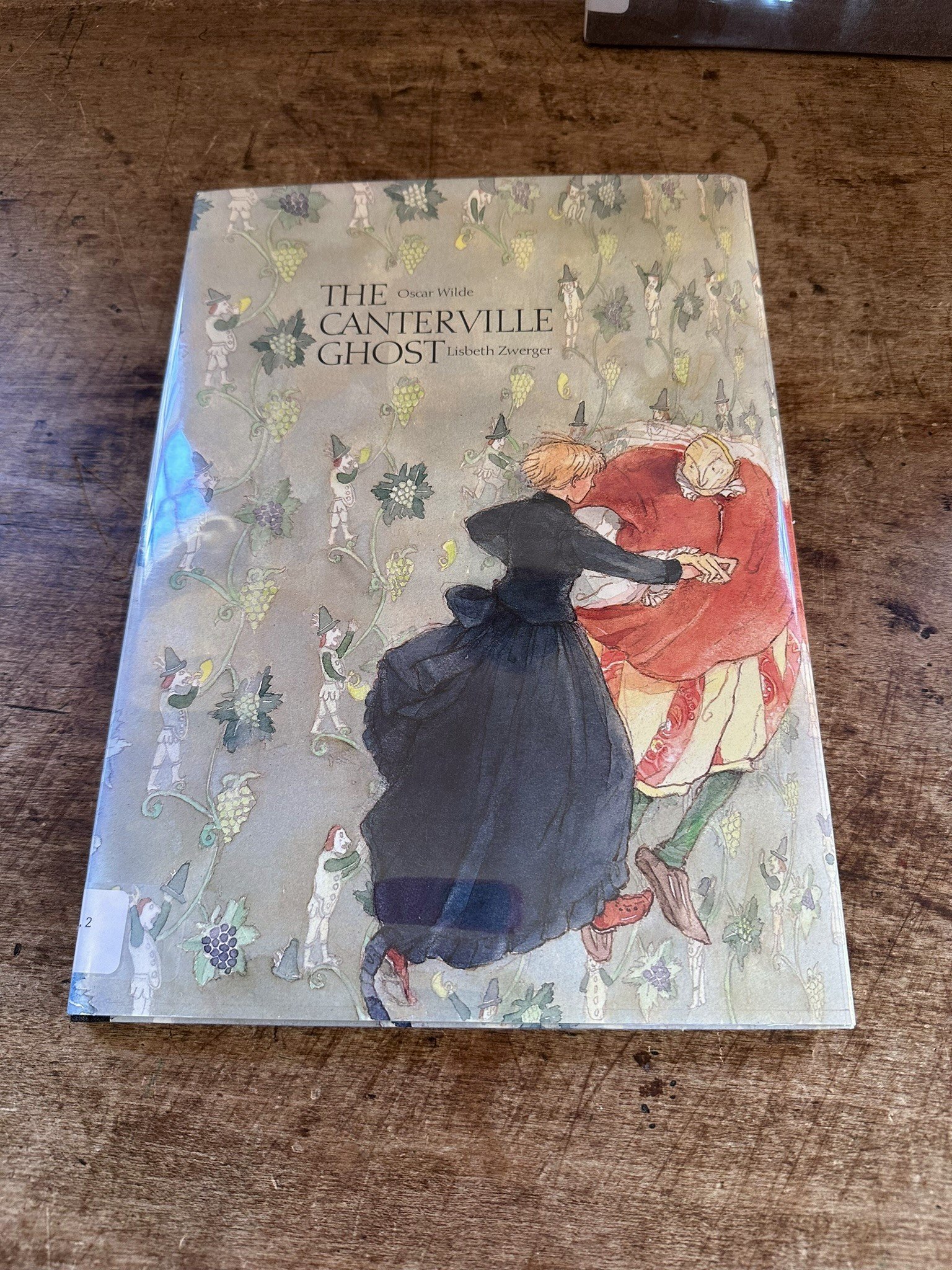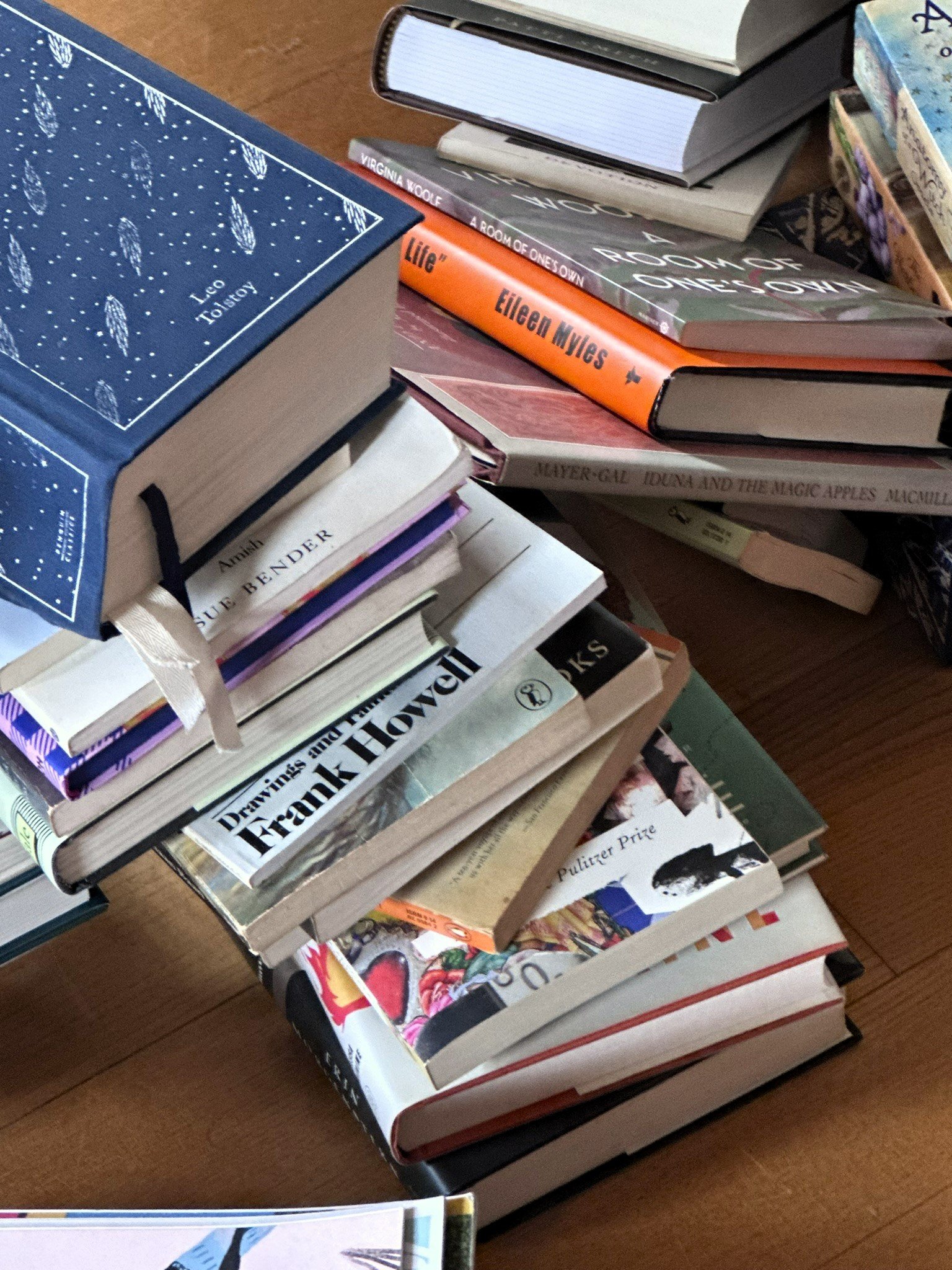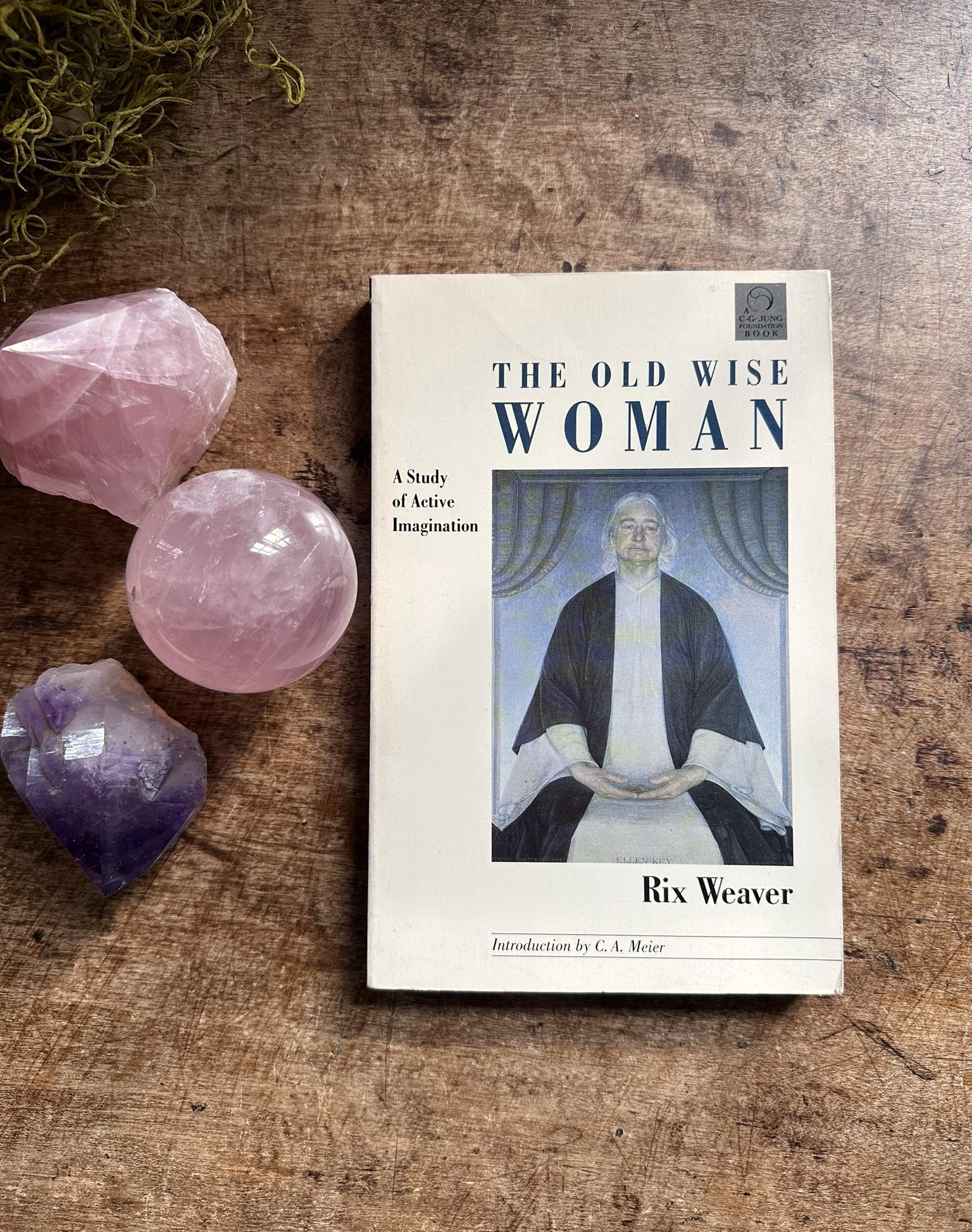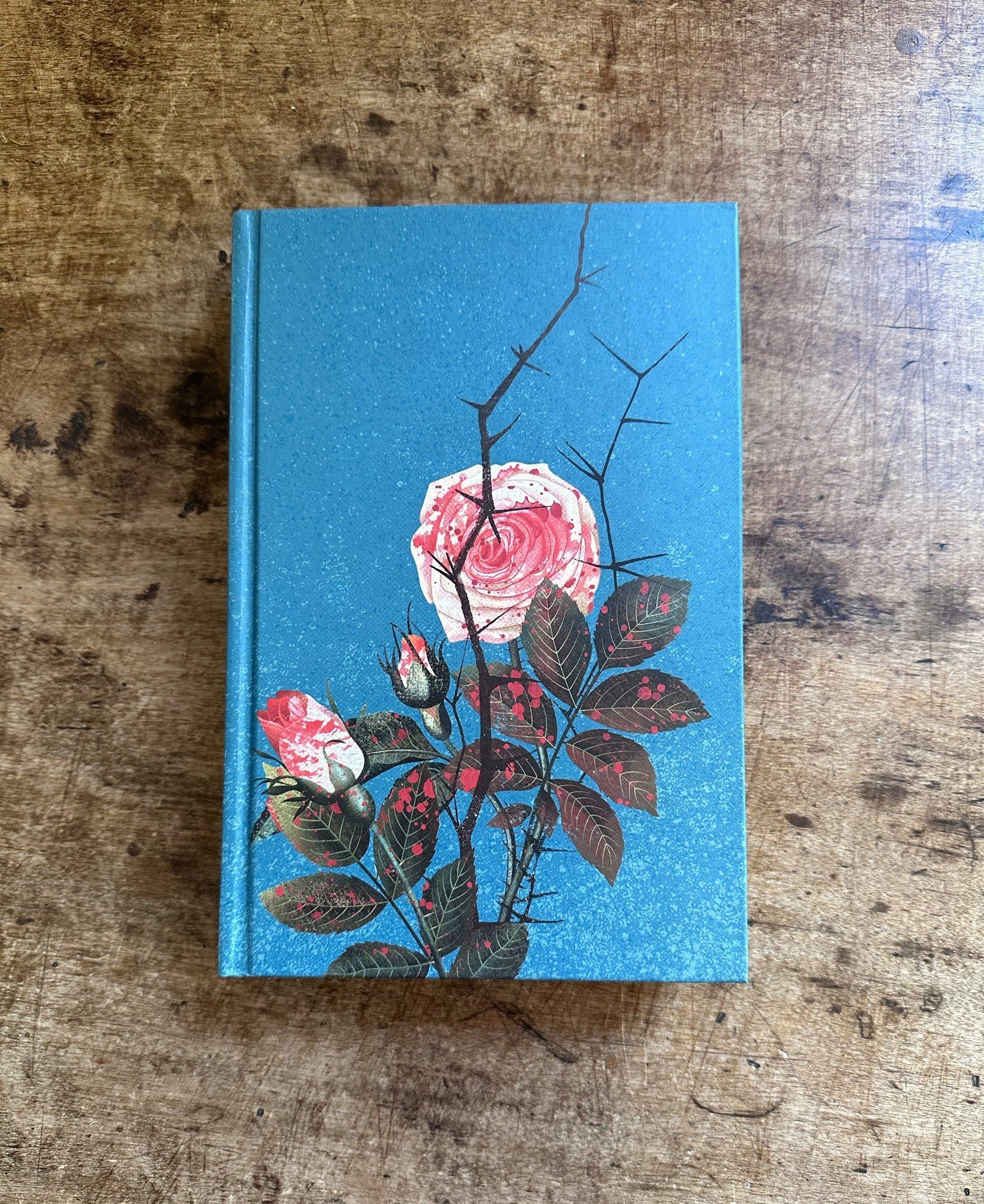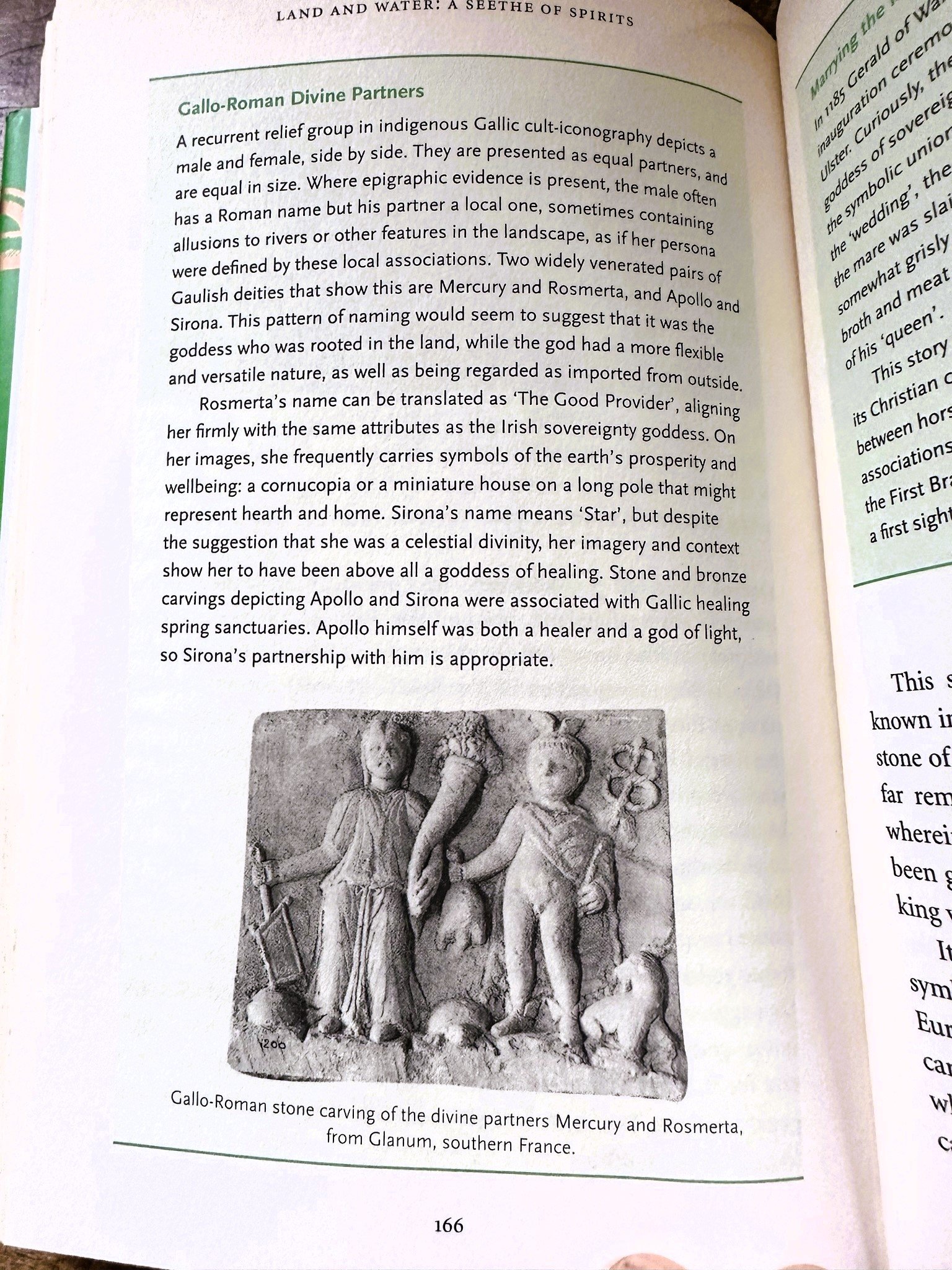Lisbeth Zwerger is one of my favorite artists. Lisbeth Zwerger is an Austrian illustrator of children’s books best known for being a recipient of the Hans Christian Andersen Award due to her exemplary contribution to the field of children’s literature. Born on May 26, 1954, in Vienna, Zwerger studied at Vienna’s Applied Arts Academy from 1971 to 1974. Though she left before completing the course, her first illustrated book was published in 1977. Zwerger has worked as a freelance picture book illustrator in Vienna, specializing in fairy tales and classic stories. Zwerger is considered one of the most accomplished illustrative artists in the current century.
Here are some of her books that I got from the library. A local patron donated a pile of her books to our library. I myself have owned a number of her books which are scattered about here and there. Another one of my favorites is her Gift of The Magi - this is the edition that we have. When I got married to my now husband - we each gave one another gifts on our wedding night. He gave me combs for my long hair and I gave him a pocket watch. We both love that story. Lisbeth Zwerger has many other books and art that you can find as well. I hope you’ll search a few out to enjoy. Sitting down with her books is a magical world filled with beauty and wonder.
Lisbeth Zwerger has said that the most difficult task for her now is choosing material to illustrate; at first she gravitated toward childhood favorites, but later she tired of traditional fairy tale endings, which often seemed sexist or overly moralistic. Her work has continued to be published in Austria; in addition, she is published in more than sixteen other countries, and her work has been exhibited worldwide. Zwerger has been honored several times at the Bologna International Children’s Book Fair, at the Biennial of Illustrators at Bratislava, and by library organizations and literary publications in the United States* She is among the best illustrative artists to have emerged in this century.






